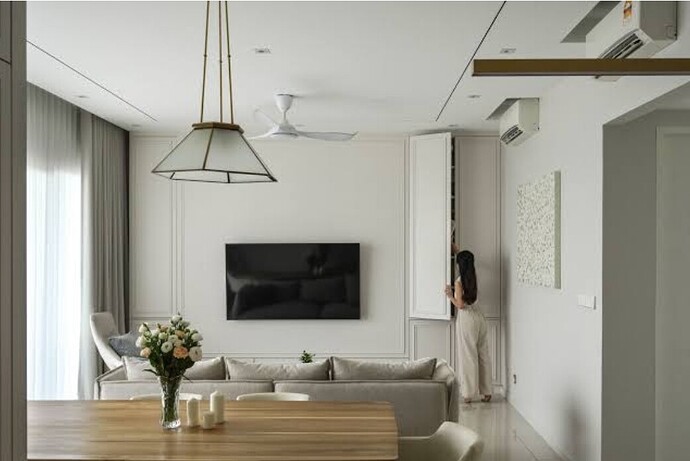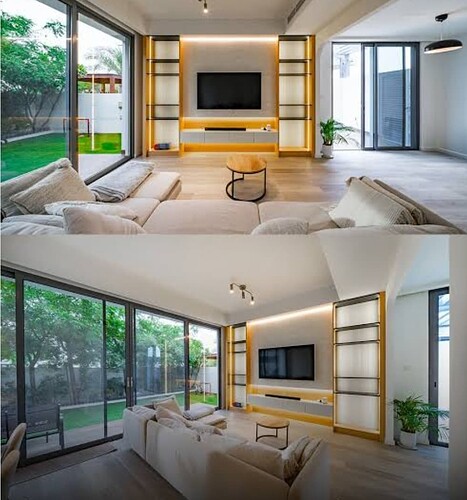Home renovation is a transformative process that allows homeowners to improve functionality, update aesthetics, and increase the overall value of their property. Whether it’s a simple facelift or a comprehensive remodel, renovating a home provides an opportunity to create spaces that are both practical and visually appealing, reflecting the homeowner’s lifestyle and personal taste.
Setting Goals and Budgeting
Successful renovation starts with clear goals and a well-planned budget. Homeowners should identify the purpose of the renovation—whether it’s to modernize outdated spaces, expand living areas, improve energy efficiency, or enhance resale value. Establishing a realistic budget is crucial, as renovation costs can rise quickly due to unexpected repairs or material price fluctuations. Including a contingency fund for unforeseen expenses ensures that the project can proceed smoothly without financial strain. Consulting professionals such as architects, interior designers, or contractors during this stage can help align your vision with practical considerations, avoiding costly mistakes.
Kitchen and Bathroom Renovations
Kitchens and bathrooms often receive the most attention during home renovations because of their impact on daily life and property value. Kitchen renovations may involve updating countertops, cabinets, and appliances, or creating an open-plan layout that enhances space and functionality. Incorporating energy-efficient appliances and smart storage solutions can improve usability while reducing long-term costs. Bathrooms can be transformed with modern fixtures, improved lighting, and updated tiling, creating a spa-like atmosphere. Even minor upgrades, such as replacing faucets, adding a vanity mirror, or refreshing grout, can make a significant difference in appearance and comfort.
Enhancing Living Spaces
Renovating living areas can dramatically improve the flow and usability of a home. Open-plan layouts are popular for fostering connectivity between dining, living, and kitchen spaces. Adding windows or skylights increases natural light, while removing non-load-bearing walls can create a more spacious feel. Homeowners may also consider creating multifunctional spaces, such as home offices, media rooms, or play areas, which adapt to evolving family needs. Thoughtful interior design, including lighting, flooring, and color schemes, further enhances comfort and creates a cohesive atmosphere throughout the home.
Exterior Improvements and Curb Appeal
Exterior renovations are just as important as interior updates. Enhancing the façade with new siding, paint, or roofing can refresh the home’s look, while landscaping, patios, and decks create inviting outdoor spaces. Energy-efficient windows, doors, and insulation not only improve comfort but also reduce energy bills and environmental impact. A well-maintained exterior boosts curb appeal, which is essential for property value, especially if selling the home is a future consideration.
Long-Term Planning and Maintenance
A successful renovation also considers long-term durability and maintenance. Upgrading plumbing, electrical systems, and structural components ensures safety and functionality for years to come. Selecting high-quality, low-maintenance materials reduces future repair costs and helps maintain the home’s aesthetic appeal over time.
In conclusion, home renovation is an investment in both comfort and value. By setting clear goals, managing budgets effectively, and focusing on both interior and exterior improvements, homeowners can create spaces that are functional, stylish, and tailored to their needs. Thoughtful planning and execution transform a house into a home, offering lasting benefits for daily living and long-term prop
erty value.

